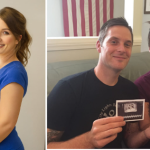The Gemini VII Mission: 14 Days in a Confined Space
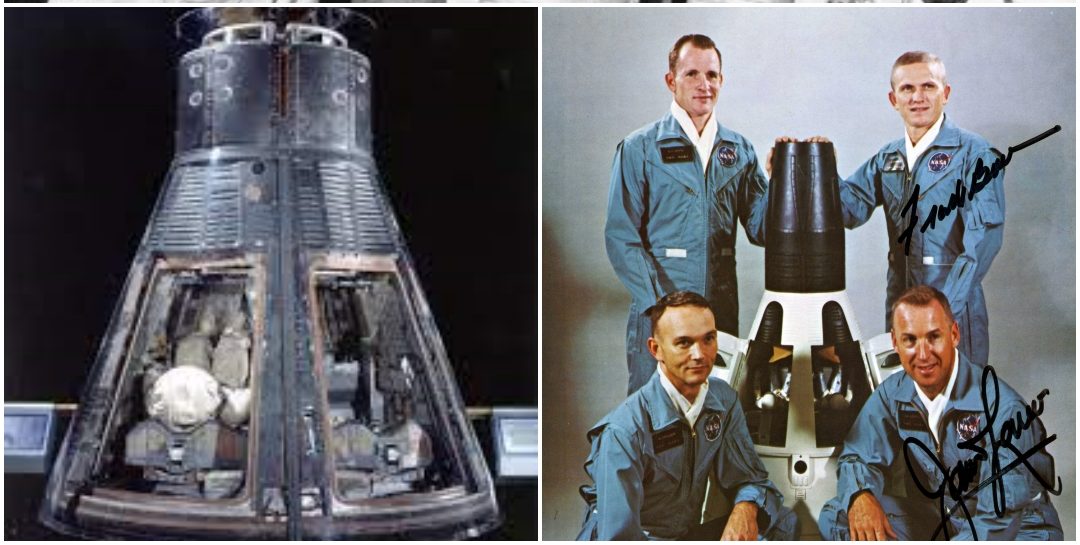
Imagine spending two weeks inside this.
For 14 days, following their launch aboard Gemini VII on December 4, 1965, the primary mission for Frank Borman and Jim Lovell was to prove that humans could live in weightlessness for 14 days.
All of this occurred inside a space no bigger than the front of a compact car.
The Gemini VII capsule, as shown on display in the National Air and Space Museum, has its hatches removed, making the cabin seem roomier than it really was.
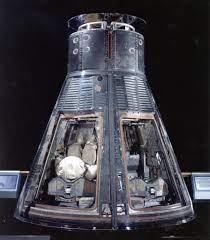
Survival Strategies and Hygiene Hacks
The two astronauts showered with an anti-dandruff shampoo for two weeks prior to the flight to curb the problem their predecessors had experienced with skin flakes accumulating inside the spacecraft.
They were also supplied with sanitation wipes, which proved beneficial in keeping clean. Odors weren’t a problem except when they opened the storage bins where waste was stowed.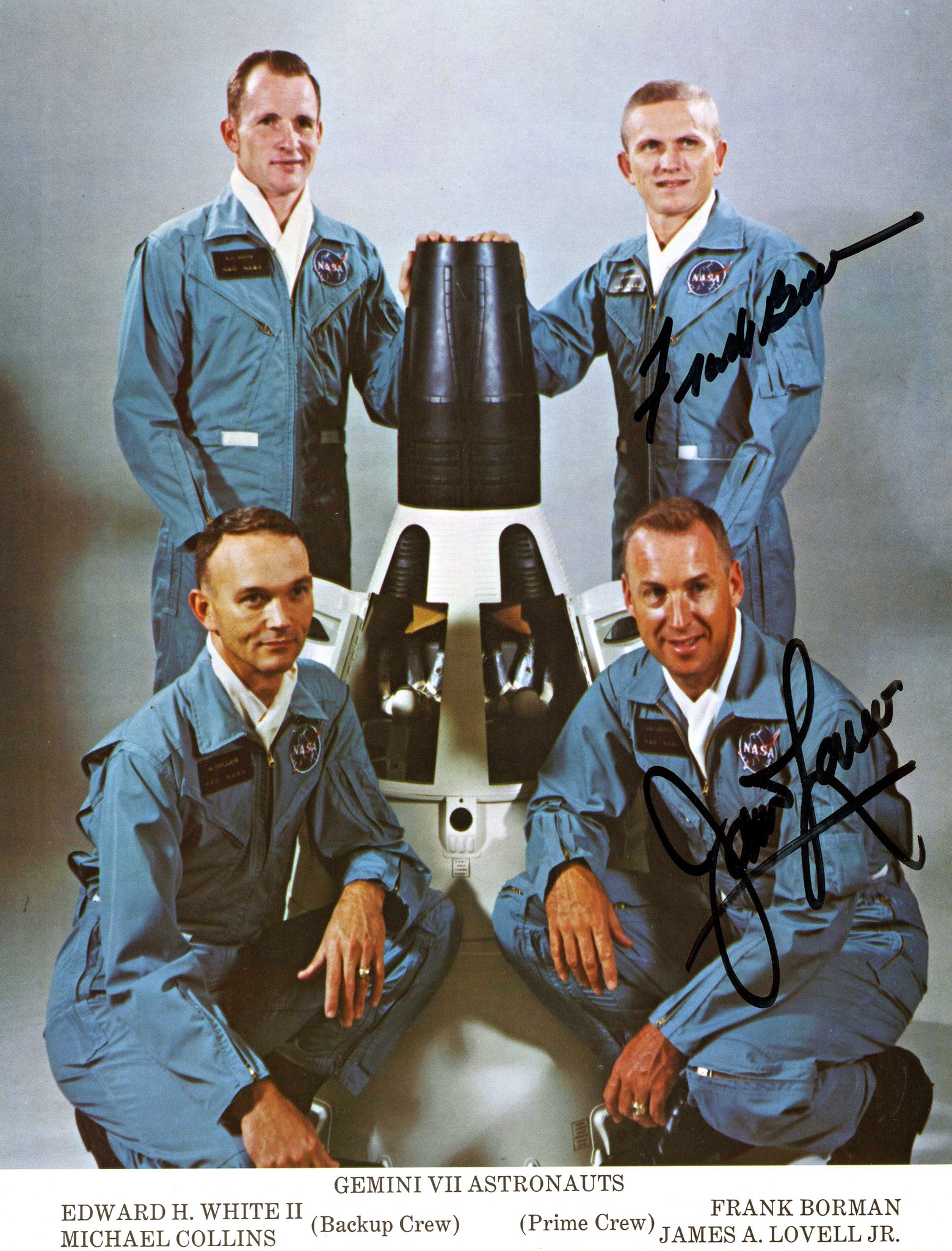
In their postflight debriefing, Borman and Lovell noted that the food rations were generally of good quality. However, they strongly disliked the freeze-dried protein bites and advised against them being included on future missions.
They also suggested that more breakfast items would have been nice, to avoid including bite-sized food that could easily produce crumbs that get loose in the cabin.
The Suit-Up Struggle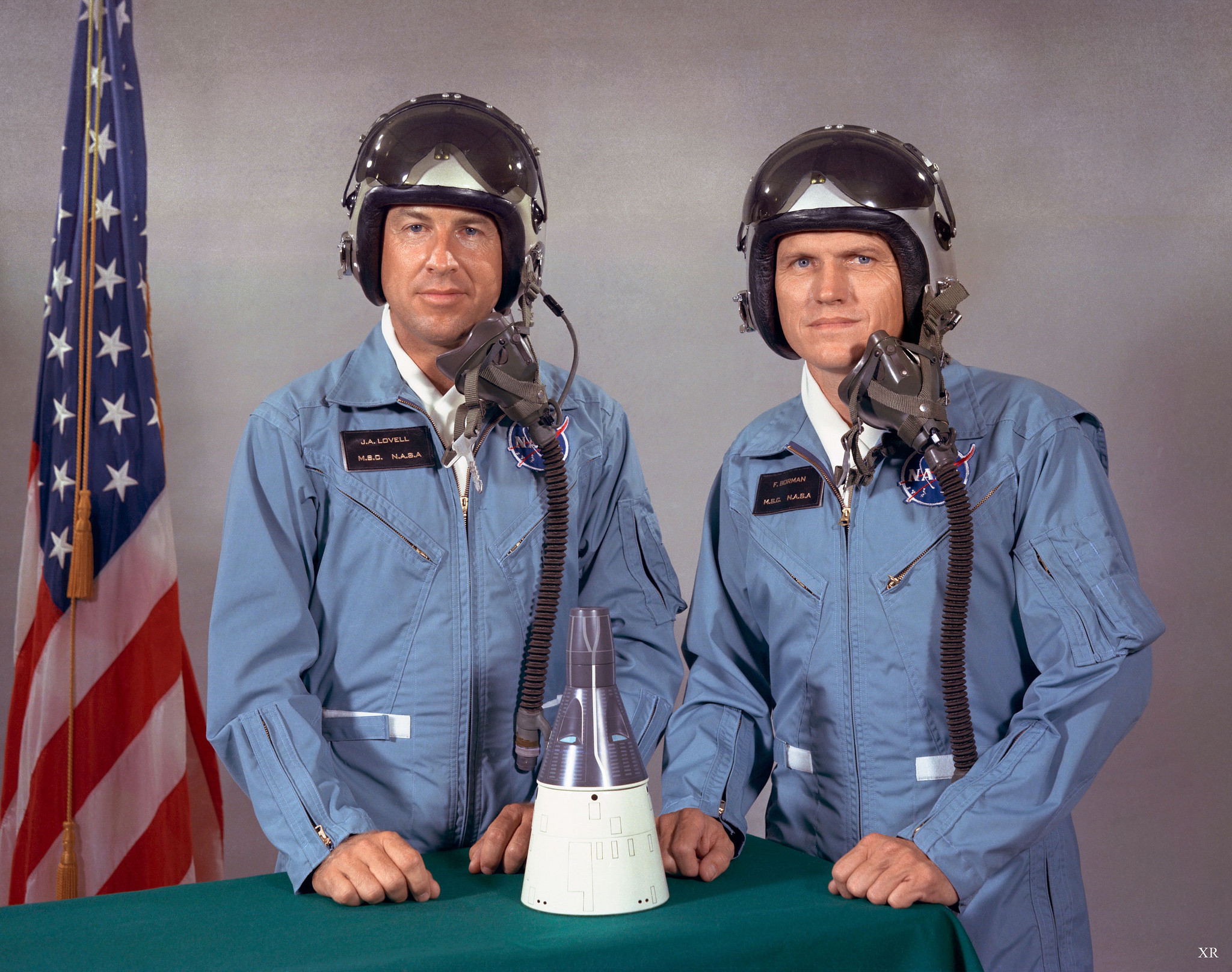
Borman and Lovell had planned to both take off their spacesuits two days into the mission, once they were satisfied that the environmental system was working properly.
NASA managers, however, said that at least one crew member had to be wearing a suit at all times.
Borman wore his suit and sweated profusely, but agreed to let Lovell stay out of his suit, as Lovell was the larger of the two, and it required a lot of effort to get in and out of a suit in the restricted space.
Later, the flight controllers instructed Lovell to don his suit and Borman to get out of his. This was because the doctors wanted to see the effects of being suited and unsuited on the astronauts.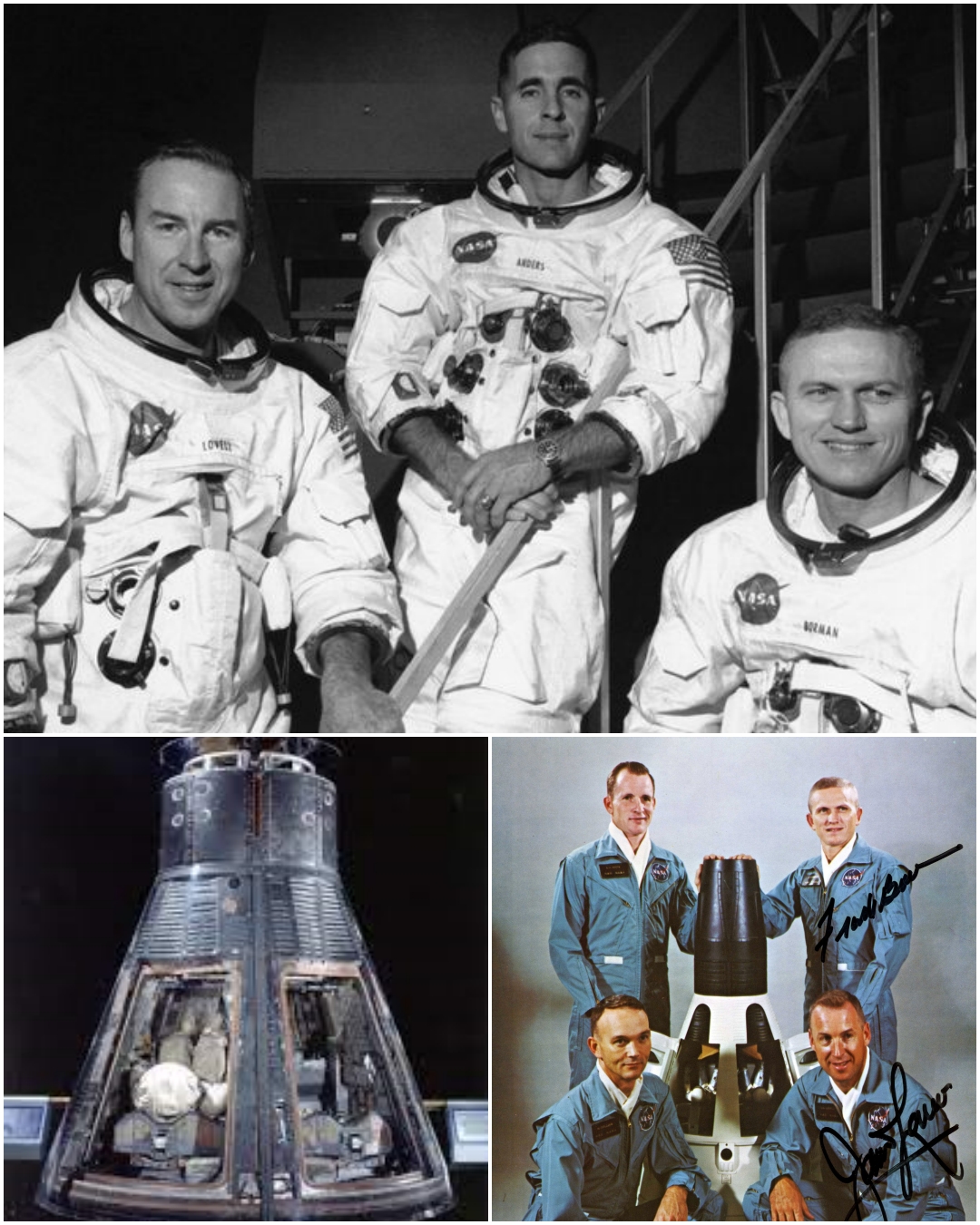
At 148 hours into the flight, Borman finally got his chance to cool down. Eventually, NASA managers decided that there was little benefit in having the crew members suited and so relented after a couple of days.
Going suitless greatly improved the astronauts’ comfort and mobility inside the cramped spacecraft.






